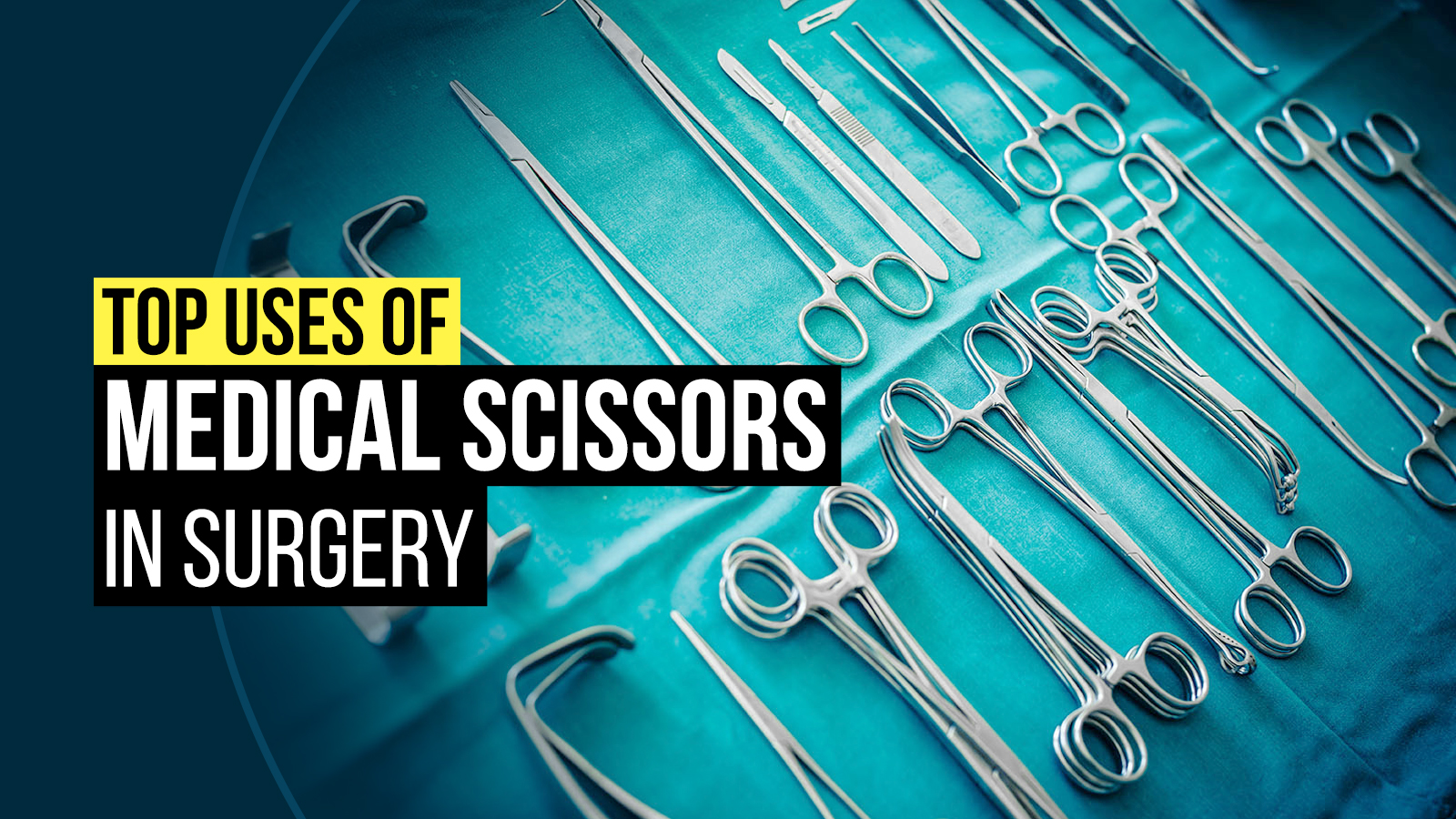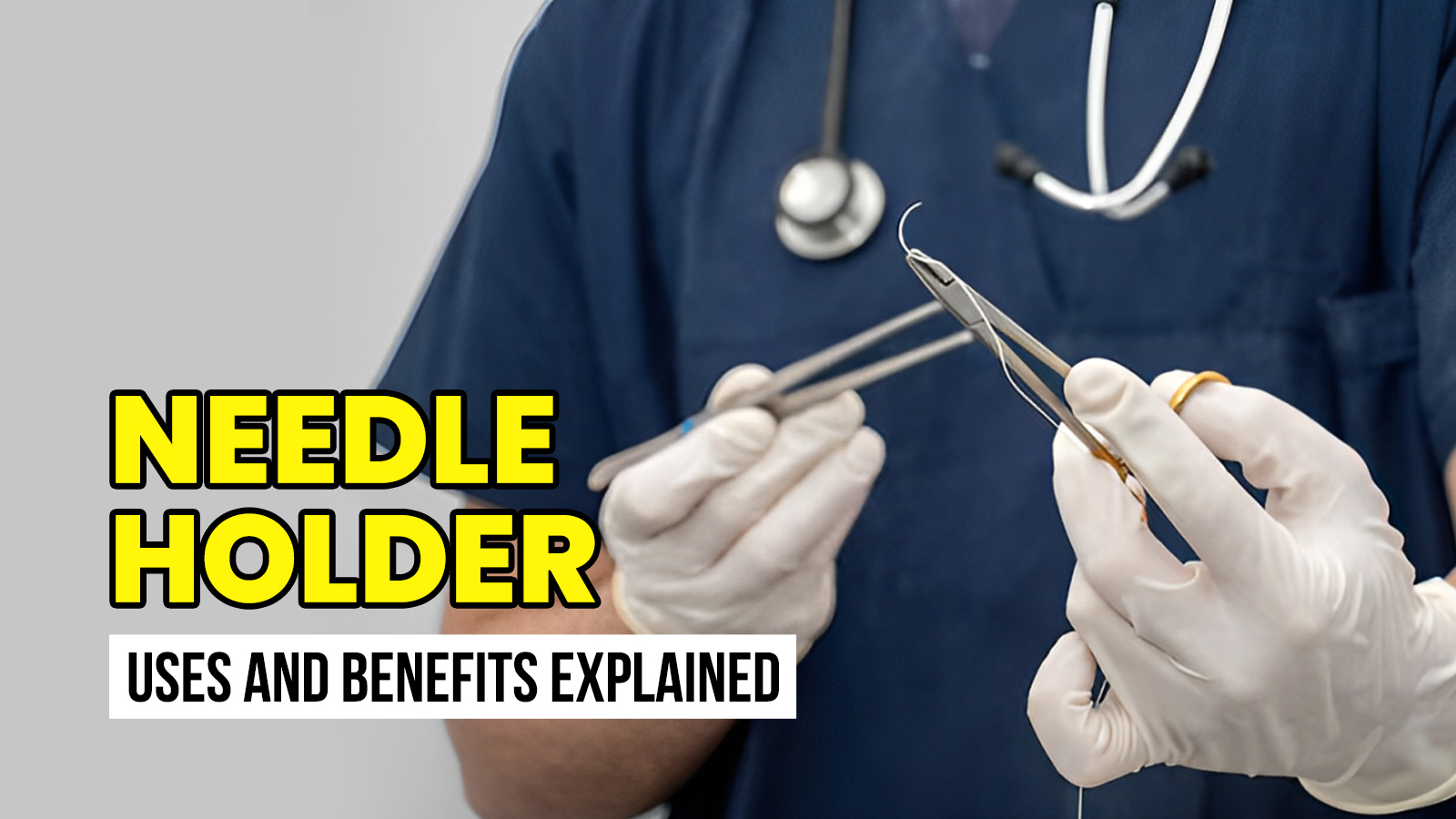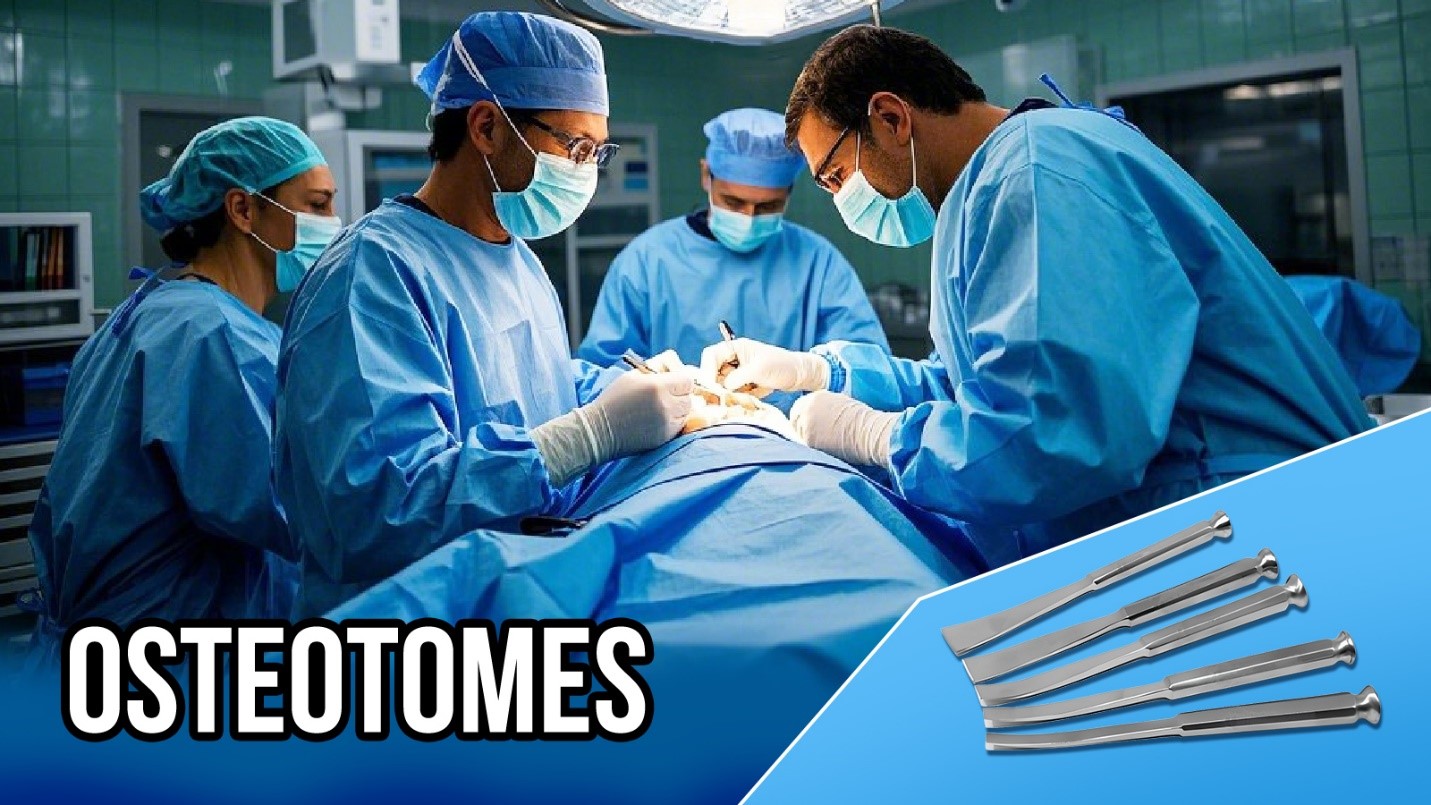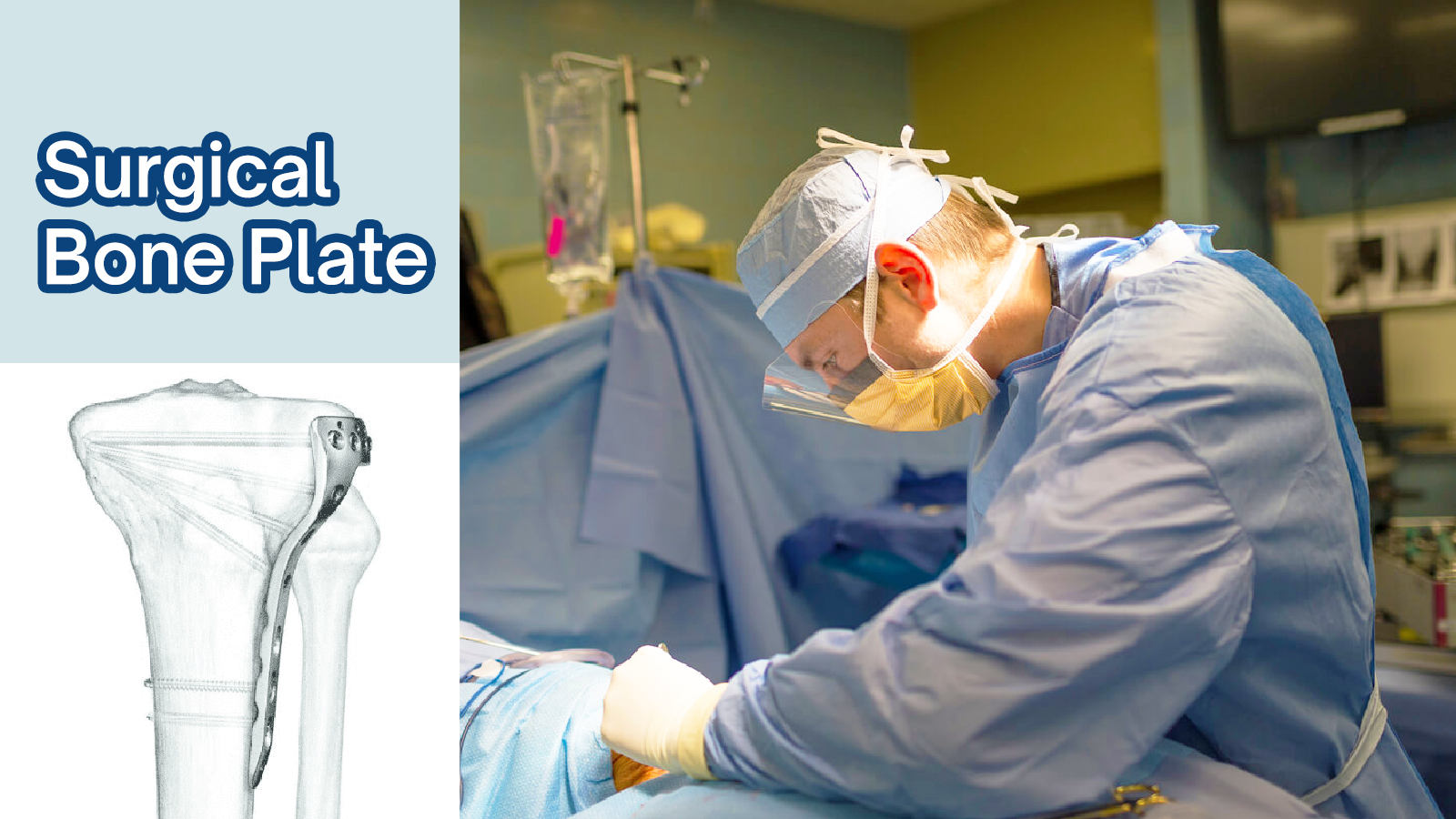Top 5 Essential Gynecology Instruments and Their Uses
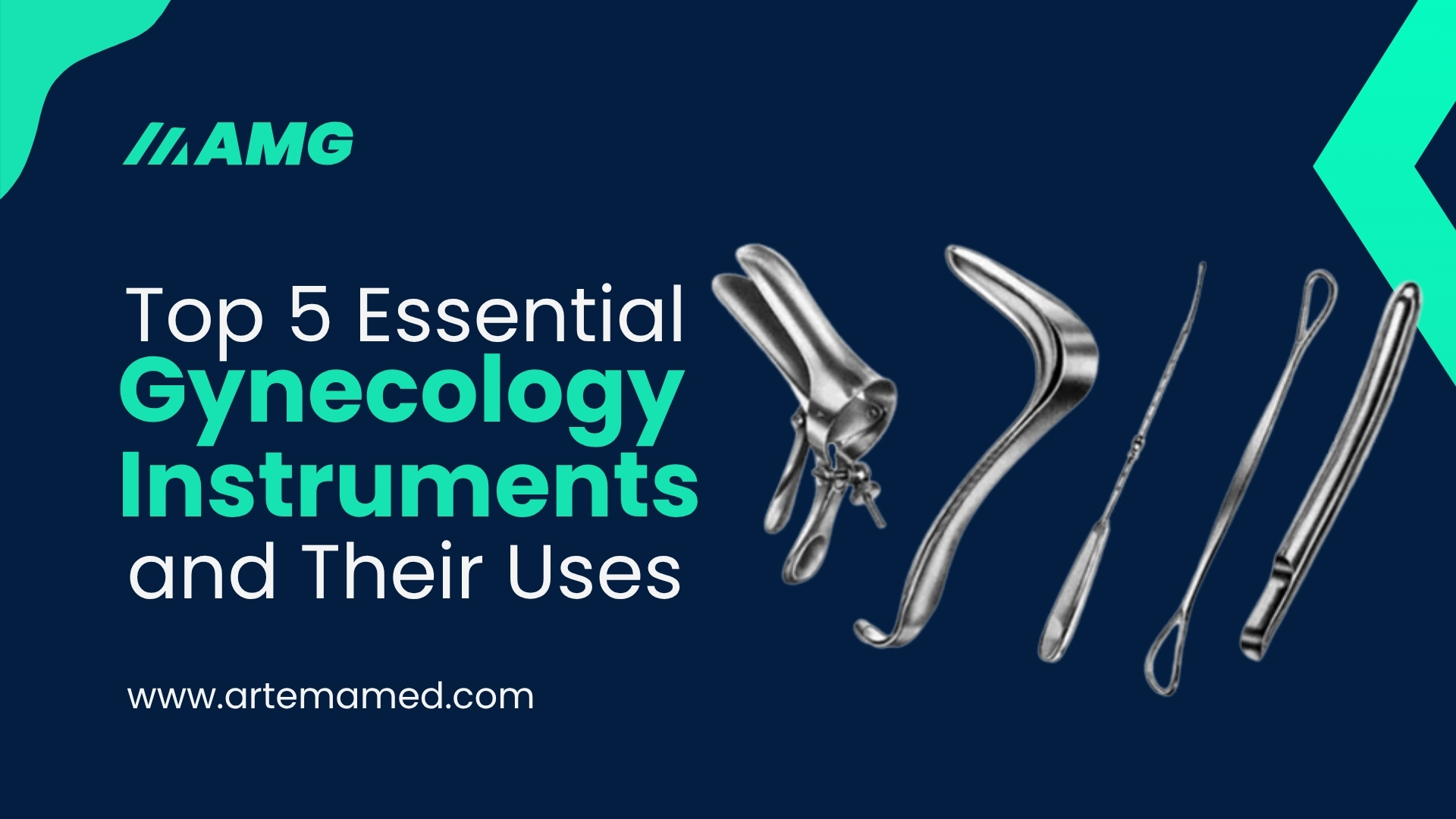
Strong 8k brings an ultra-HD IPTV experience to your living room and your pocket.
Gynecology instruments are essential in the diagnosis and treatment of ailments concerning the woman reproductive system. Gynecologists in hospitals, clinics, and surgical centers use these tools. These tools in gynecology will be useful in giving proper care and improved results to the women, whether during routine check-ups, childbirth birth or other complex procedures.
In this blog, we shall touch on the top 5 necessary gynecological instruments, how they are put to use, and the importance of these tools in medical care. The guide is specifically useful to students, medical practitioners, and people who would like to learn more about the gynecological tools and their purpose.
What Are the Gynecologist's Instruments?
Gynecological instruments are the tools that are used in connection with the female reproductive organs, the ovaries, the uterus, the c-section, and the fallopian tubes. Gynecology surgical instruments are versatile in that they can be used to perform most of the operations.
Moreover, such a variety of tools can suit gynecologists and minimize the possibility of evident risks to patients. Nevertheless, these surgical tools add various characteristics that are magnetic to the users and make them select them among other variants.
These are the surgical steel and are forceps tools that last long and eliminate the chances of infection in the womb during the deliveries. Other than this, the user ensures that all the reproductive organs are guarded until the termination of the operation.
Top 5 Essential Gynecology Instruments
Vaginal Speculum
Vaginal speculum is an important tool of gynecology which opens the walls of the vagina without causing soreness. It keeps the cervix well exposed to medical tests or examinations. This tool is necessary to check reproductive health and diagnostics.
Uses:
Perform Pap smear screening against cervical cancer.
To observe the vagina and walls of the cervix to check abnormalities.
To take swabs in the vagina or the cervix to be tested in the laboratory.
As a support for the insertion of an intra-uterine device (IUD).
To give access to gynecological operations or procedures.
Tenaculum Forceps
Tenaculum is a hook-like gynecology instrument that is sharp and pointed in nature and can grip the cervix clinically. It produces tissue stabilization. This device makes precision and less movement in procedures.
Uses:
To fix the cervix during the retreatment process of the IUD.
To stop cervical tissue and to take biopsies.
To help in hetrogynic curettage and dilatation (D&C).
To facilitate insertion of the sound or curette in the uterus.
To help in the positioning of a bride during small gynecological operations.
Uterine Sound
A uterus sound A uterus sound is a long, thin gynaecological device whose tip is inserted into the uterus and which is used to measure the depth and position of the uterus. It eliminates problems that may arise during g intrauterine procedure. The accuracy ensures that the devices are well placed.
Uses:
To gauge the depth of the uterus before putting in an IUD.
To discover the abnormal tilting or position/ angle of the uterus.
To determine the measurements of the uterine cavity in size and form.
Majorly to avoid uterine perforation when conducting surgeries.
To determine the uterine structure in an infertility check-up.
Uterine Curette
Uterus curette is a scraping instrument of gynecology to harvest or scrape off the tissue of the uterine parts. It is widely applicable in the diagnosis and treatment. Curettage assists in the identification and management of various conditions of the uterus.
Uses:
To perform the procedure of dilation and curettage as a result of abnormal bleeding.
Any retained tissue resulting in a miscarriage or abortion.
To obtain endometrial tissue samples to do a biopsy.
To empty the lining of the uterus when there is hyperplasia.
Incomplete abortions and missed abortions are treated.
Vaginal Speculum Sims
Sims speculum is one blade and curved gynecology instrument applicable in severe vaginal or surgical examination. It has superior access compared to a routine speculum. It is frequently applied together with the retractors and enhances the visibility during the procedures.
Uses:
To also perform deep pelvic or vaginal examination.
To help in surgeries that entail vaginal wall or cervix.
To examine prolapse of the vagina or anatomic defects.
To allow the taking of vaginal or cervical biopsies.
To assist the vaginal repair or reconstruction.
Gynecological Instrumentation cleaning and sterilization
Sterilizing and maintaining the gynecology tools are significant to patient safety and infection measures, along with ensuring the instruments' strength to use in the long term. There are 5 recommended practices highlighted below:
Clean use immediately
All the tools used in gynecology should be washed as soon as one is through with using them, using the enzyme detergents to wash off the blood, body tissue, and fluid. This will avoid accumulation and allow good sterilization in the future.
Autoclave Sterilization Usage
All reusable gynecological equipment should be sterilized at medical grade, in an autoclave, which is a high-pressure steam sterilizer. It is the best anti-bacterial, anti-viral, and anti-spore pistol.
Periodical Damage Inspection
Inspect gynecology instruments before their use to ensure that they do not have rust, cracks, loose joints as well or dull edges. Broken instruments must always be fixed or replaced to promote security and accuracy.
Proper Drying for Storage
After sterilizing them, make sure that the gynecology equipment is completely dried and put in a clean and dry covered place so that it is not contaminated and corroded.
Conclusion
There are different gynecological equipment utilized by gynecologists in the operating room. They are required for female reproduction.
Thus, there must be numerous instruments in the hands of gynecologists to render surgeries successful and successful.
Vexily important are the Gynecological Instruments, i.e. the forceps, speculums, retractors or vaginal forceps. As has been explained above, all the instruments play a role in various surgical procedures.
FAQ’s
Which instruments do gynecologists use?
The common thing in many of the gynecological operations is the use of forceps and clamps. They are used to enable the gynecologists to hold and understand the tissues when performing a procedure, giving them control and accuracy.
Is there any way in which the wrong use of the tools of gynecology can result in complications?
It is true, it can traumatize or cause infection, which is why proper use as a result of training and sterilization is unavoidable.
Can gynecology use instruments be reused?
Yes, some can be discarded after proper sterilization, but there are some that are just disposable due to hygienic reasons.
Please visit our website, Artema Medical, for more information.
Note: IndiBlogHub features both user-submitted and editorial content. We do not verify third-party contributions. Read our Disclaimer and Privacy Policyfor details.



